What Do Experts Think of “Clean” Beauty in 2022?
I started taking clean beauty seriously in April 2021 when I was working on a story on how everyday products can affect fertility. Miriam Diamond, a professor in the Department of Earth Sciences and School of the Environment at the University of Toronto, explained to me how exposure to certain chemicals, like Teflon found in non-stick cookware, is leading to reproductive problems. Midway through our interview, she paused to ask if she could get personal for a minute. I see youre wearing makeup, said Diamond. She asked if I knew that the same harmful chemicals in household products could be found in conventional makeup. (Um, no.) For years I have tried to limit my exposure to endocrine-disrupting chemicals in an effort to protect my fertilityI limit my use of BPA-riddled plastics and religiously use an air filter in my homebut I hadnt considered how the makeup I applied every single day may be affecting me.Yet, I wasn’t exactly eager to change my ways. I had tried a few clean beauty products about 10 years ago that left me woefully unimpressedI assumed natural ingredients just couldnt give me the shade, texture and coverage I wanted. But a few months after my chat with Diamond, I was introduced to Ilia’s lineup of clean makeup products with surprisingly natural-looking, easy-to-apply formulas, arguably even better than my old conventional favourites. With my skin looking a little more glowy, lashes fluffier, lips more naturally rouge, I became a total clean beauty devotee.Im hardly an early adoptera 2021 report by The NPD Group found 68 percent of consumers want skin care brands formulated with clean ingredients. Why now? Infiltration of these products alongside wellness and self-care trends has increased the demand for clean beauty, Edited retail analyst Heather Ibberson told Forbes. With all-natural beauty brand Burts Bees launching in the 1990s, Goops clean living spotlight in the naughts, and the expansion of retailers devoted to the category, like The Detox Market, consumers have become increasingly aware of the presence of potentially harmful ingredients in beauty products and are looking to avoid them.
What does clean mean?
In Canada, theres still no regulation around the term. For example, a clean sticker on a foundation bottle isnt the equivalent of an organic sticker on an apple, which means the product has been certified based on specific requirements outlined by the Canada Organic Regime and regulated by the Canadian Food Inspection Agency. With no regulated definition for what constitutes a clean product, companies and consumers have created their own definitions.Clean brands tend (or are often assumed) to avoid harmful ingredients, like PFAS (per- and polyfluoroalkyl substances), parabens and phthalates. But there are many other ingredients that are commonly avoided in clean beauty products because they’re irritants and allergens, or they may be endocrine disruptors or carcinogens. Clean to some companies could mean omitting a few, but not all, potentially harmful ingredients. Consumer awareness has also driven brands to advertise products as paraben/phthalates/PFAS-freebut that doesnt mean they necessarily are.
Harmful ingredients in beauty products
Researchers recently learned that PFAS (which are used to make cosmetics more durable and water-resistant, but have been found to influence the bodys natural hormone production) can be found in many beauty products, whether or not theyre listed as an ingredient. A June 2021 study with the Green Science Policy Institute by professors at universities across Canada and the US found the presence of fluorine, which is indicative of PFAS usage, in many cosmetics in North America, with the highest levels of fluorine found in products labelled as long-wearing or waterproof.What is noteworthy is the majority of products that had high fluorine levels, including those we confirm to have PFAS, didn’t actually have PFAS listed on the ingredients list, says Lydia Jahl, a science and policy associate at the Green Science Policy Institute in the San Francisco Bay Area who worked on the study. The reason theyre not listed could be that cosmetic retailers dont know there are PFAS present in their productsPFAS could be used in the manufacturing process, which could leach into the products, or they could have been unknowingly added to an ingredient early on in the supply chain, says Jahl.And these harmful chemicals are found in more than just cosmetics. While theyve been banned in food products in Canada, theyre in just about any manufactured item, as Diamond had tole me, from non-stick cookware to furniture. Experts say their wide-ranging use means it can be hard to trace specific exposures to certain health problems, which could be the reason PFAS arent regulated outside of the food domain by the Canadian government.Europe has banned PFAS (along with over 1,300 other ingredients) from beauty products, while Canada has banned around 600 and the US has banned 30. For this reason, some brands make different formulations for the European market, says Jahl. This brings us to the very important point that PFAS chemicals, while they’re added to many cosmetics, they’re not necessary if Europe can do it without them, and there are a bunch of brands in the United States and Canada that have dedicated their brands to not including PFAS and they make great cosmetic products without them.PFAS arent the only harmful ingredient. Fragrance and vitamin A derivatives are known to cause contact dermatitis, phthalates and parabens may cause hormonal dysregulation, and formaldehyde and 1,4-dioxane are potential carcinogensand these are all commonly used ingredients in conventional beauty products.
The health effects of harmful chemicals in beauty products
PFAS are associated with health problems including high cholesterol, ulcerative colitis, thyroid disease, testicular cancer, kidney cancer and even pregnancy-induced hypertension according to Jahl. Theres also some evidence about PFAS linked to increased risk of breast cancer, says Jennifer Beeman, executive director of Breast Cancer Action. For pregnant people, PFAS can also alter their hormone levels (and unborn babies), which control brain development, growth and metabolism, and lead to higher risks of developing gestational diabetes and high blood pressure.
Whos doing clean beauty
With no formal definition in Canada, retailers and brands are making their own rules to show their commitment to safe beauty products. One of the leading retailers of clean beauty is Whole Foods. The grocery store, which was founded in 1980, has banned PFAS and other harmful chemicals from their shelves.The Detox Market, which opened in 2010 and was at the forefront of the clean beauty movement, puts all products it sells through an intense vetting process. According to founder Romain Gaillard, only 2 percent of brand submissions received are accepted. The products that make the cut contain only effective ingredients, as opposed to mere filler or texturizing ingredients. They also comply with the retailers extensive Banned Ingredient List, and are tested by The Detox Market team (which includes naturopaths and nutritionists) for weeks. As Gaillard told me: Its great to know what harmful ingredients are not in a product, but what ingredients are in it?Clean at Sephora, which launched in 2018, is a collection of products that are formulated without over 50 potentially harmful ingredients, such as sulphates (which can cause irritation) and acrylates (which have been linked to reproductive issues, neurological damage and cancer). Likewise, Holt Renfrews H Project Approved program, rolled out in 2020, highlights products free of ingredients including BHA (can cause skin reactions), formaldehyde (linked to cancer) and oxybenzone (another skin allergen).Individual beauty brands also have their own sets of rules. Ilia, founded by Canadian Sasha Plavsic in 2011, is considered to be one of the first brands ever to use only natural and safe synthetic ingredients. It also follows the EU/UKs guidelines, listing trace ingredients (i.e. chemical reaction byproducts that occur during the manufacturing) found at just 0.001 percent for greater product transparency. Beautycounter launched in 2013 with B Corp certificationthe highest designation a green company can receive based on its performance, accountability and transparency on a range of factorsand created The Never List, which includes 1,800 questionable ingredients the brand avoids in its formulations.With no consistent standard for what it means to be clean, consumers must decipher how each individual brand or retailer defines itand even whether clean ingredients are right for them.
Just because its clean doesnt mean its healthy
The clean beauty market is actually pretty murky. Not all clean products are free from toxins, and not all experts support the efficacy of formulations that happen to be PFAS-free.For the most part, dermatologists dont typically recommend clean skin care products. I tend to look at the product as a wholewhat are sort of the deliverables that the product is offering, what are the ingredients that the product is using, says Dr. Alex Kuritzky, a dermatologist in Vancouver.Kuritzky warns certain natural ingredients, such as citrus and coconut oil, can actually be harmful to the skin as they can disrupt the skin barrier, cause irritation or trigger allergic reactions. And natural ingredients can also be endocrine-disruptors, says Beeman. Lavender oil, for example, has been linked to early breast growth in girls. Thats why Kuritzky says when developing a skin care regimen, its best to consult a dermatologist. I’m more interested in the activity of the ingredients and whether the product is going to deliver what it states.
How do you know whats safe?
You have to look at the specific brands and see what they’re devoted to, says Jahl. Read ingredient lists, avoid PFAS, phthalates and parabens, and be aware that clean beauty is an easy marketing gimmick. Look into the specifics of a brands claims, rather than just paying attention to a word or two they use in advertising, says Jahl.Its time-consuming to research every beauty product before buying, and its easy to miss potentially harmful chemicals in the list of long, unknown ingredients. The solution? Rely on tools that do the work for you. For instance, Clearya is an app and web extension that helps identify ingredients that contain PFAS and other harmful chemicals. Environmental Working Groups Skin Deep website gives popular products a one to 10 rating based on how clean they are.Alternatively (and more conveniently) you can leave the research to retailers and beauty experts you trustwhich is what Ive been doing. Anything pre-approved by The Detox Market or anything made by Beautycounter is good enough for me. Beyond that, I do a little research for brands that look interesting (read: pretty on Instagram), like Westman Atelier (which has a lengthy list of no ingredients) and Merit (which, like Westman Atelier, is EU-compliant.)
Ready to get started? Here are my picks:
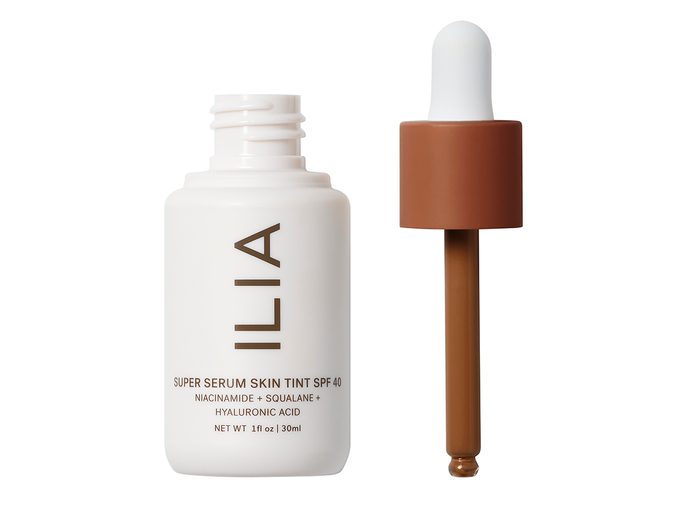 This light, hydrating serum adds a touch of coverage to skin, lending it an even-toned, dewy look and feel. Best part: Its formulated with SPF, eliminating the sunscreen step in your skin care regimen.Ilia Super Serum Skin Tint SPF 40, $62, iliabeauty.com
This light, hydrating serum adds a touch of coverage to skin, lending it an even-toned, dewy look and feel. Best part: Its formulated with SPF, eliminating the sunscreen step in your skin care regimen.Ilia Super Serum Skin Tint SPF 40, $62, iliabeauty.com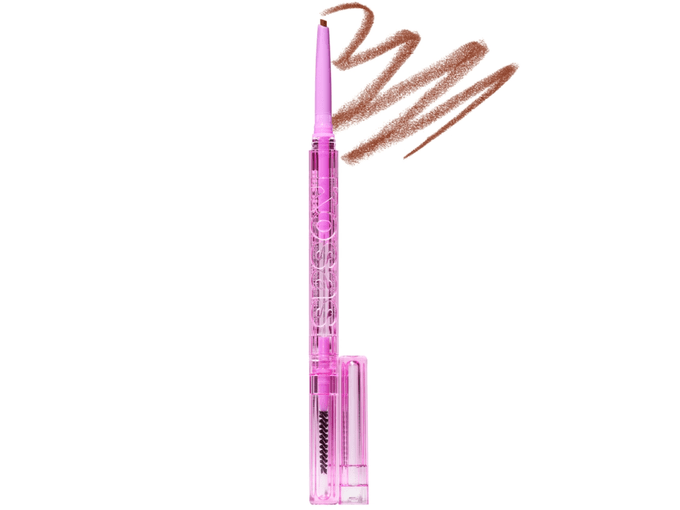 Offered in 10 shades (a true rarity when it comes to eyebrow tools), this pencil will help you create hair-like strokes to shape and fill-in brows.Kosas Pop Clean Dual-Action Defining Eyebrow Pencil, $28, sephora.com
Offered in 10 shades (a true rarity when it comes to eyebrow tools), this pencil will help you create hair-like strokes to shape and fill-in brows.Kosas Pop Clean Dual-Action Defining Eyebrow Pencil, $28, sephora.com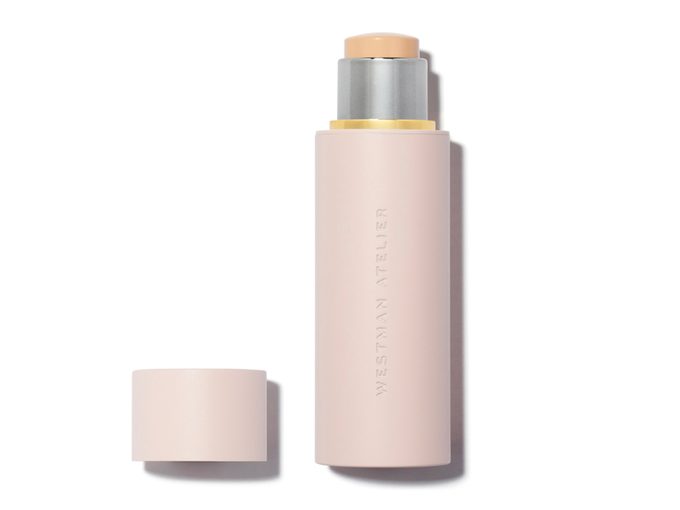 Foundation and concealer sticks can seriously speed up your get-ready routinethey often eliminate the need for a beauty blender and offer buildable coverage.Westman Atelier Vital Skin Foundation Stick, $88, holtrenfrew.com
Foundation and concealer sticks can seriously speed up your get-ready routinethey often eliminate the need for a beauty blender and offer buildable coverage.Westman Atelier Vital Skin Foundation Stick, $88, holtrenfrew.com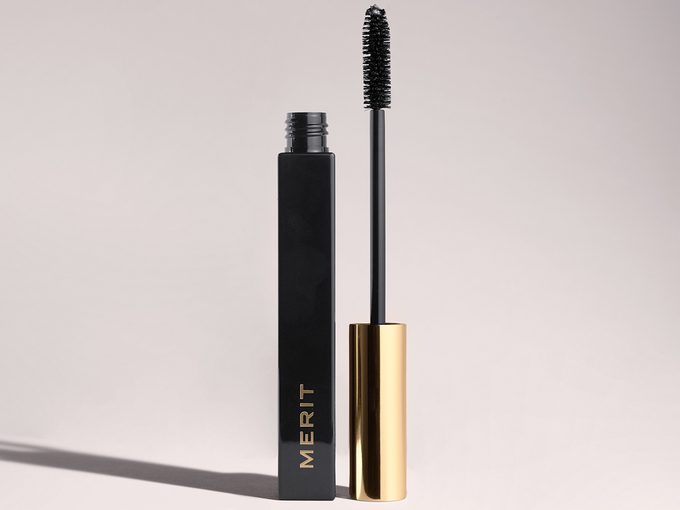 I used my previous conventional mascara for about 15 years because I adored its unclumpy, lengthening, fluffy-lash-making abilities But this clean version delivers. It gives me the light coverage I love for a barely-there look, while still lengthening and darkening my lashes.Merit Clean Lash Lengthening Mascara, $34, sephora.com
I used my previous conventional mascara for about 15 years because I adored its unclumpy, lengthening, fluffy-lash-making abilities But this clean version delivers. It gives me the light coverage I love for a barely-there look, while still lengthening and darkening my lashes.Merit Clean Lash Lengthening Mascara, $34, sephora.com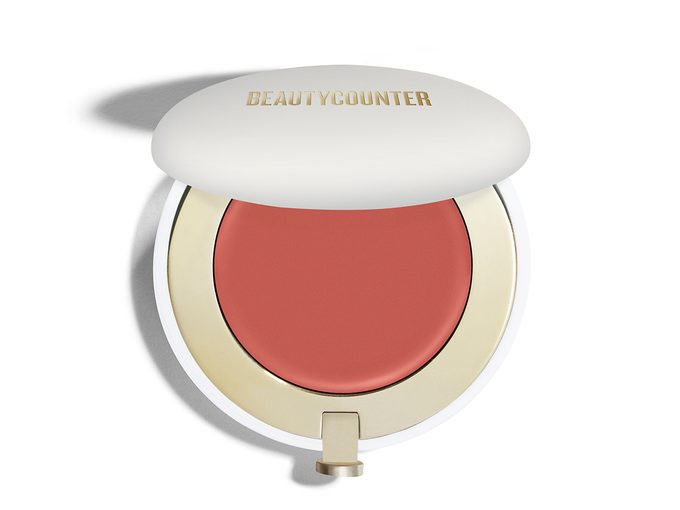 A little dab on the cheeks is all you need from this super saturated creamy blush. With eight colours to choose from, you can add a pinky hue, a peachy glow or a hint of rose to brighten your complexion.Beautycounter Cheeky Clean Cream Blush, $50, beautycounter.com
A little dab on the cheeks is all you need from this super saturated creamy blush. With eight colours to choose from, you can add a pinky hue, a peachy glow or a hint of rose to brighten your complexion.Beautycounter Cheeky Clean Cream Blush, $50, beautycounter.com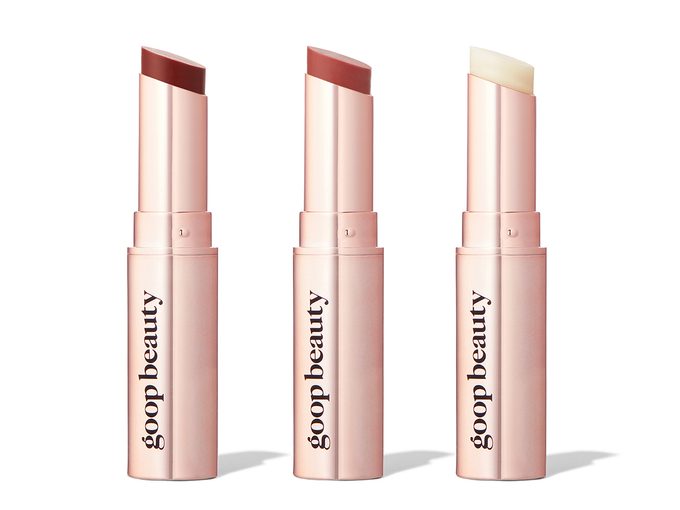 This set of three lip balms offers day-to-night lip hydration. Apply the clear balm when you want just a little moisture, the rose to boost your natural lip colour or the garnet for a darker pout.GOOPGENES Clean Nourishing Lip Balm Trio, $58, thedetoxmarket.caNext: Beauty Veteran Jean Godfrey-June Makes a Case for Switching to Clean Beauty Products
This set of three lip balms offers day-to-night lip hydration. Apply the clear balm when you want just a little moisture, the rose to boost your natural lip colour or the garnet for a darker pout.GOOPGENES Clean Nourishing Lip Balm Trio, $58, thedetoxmarket.caNext: Beauty Veteran Jean Godfrey-June Makes a Case for Switching to Clean Beauty Products
The post What Do Experts Think of “Clean” Beauty in 2022? appeared first on Best Health.
